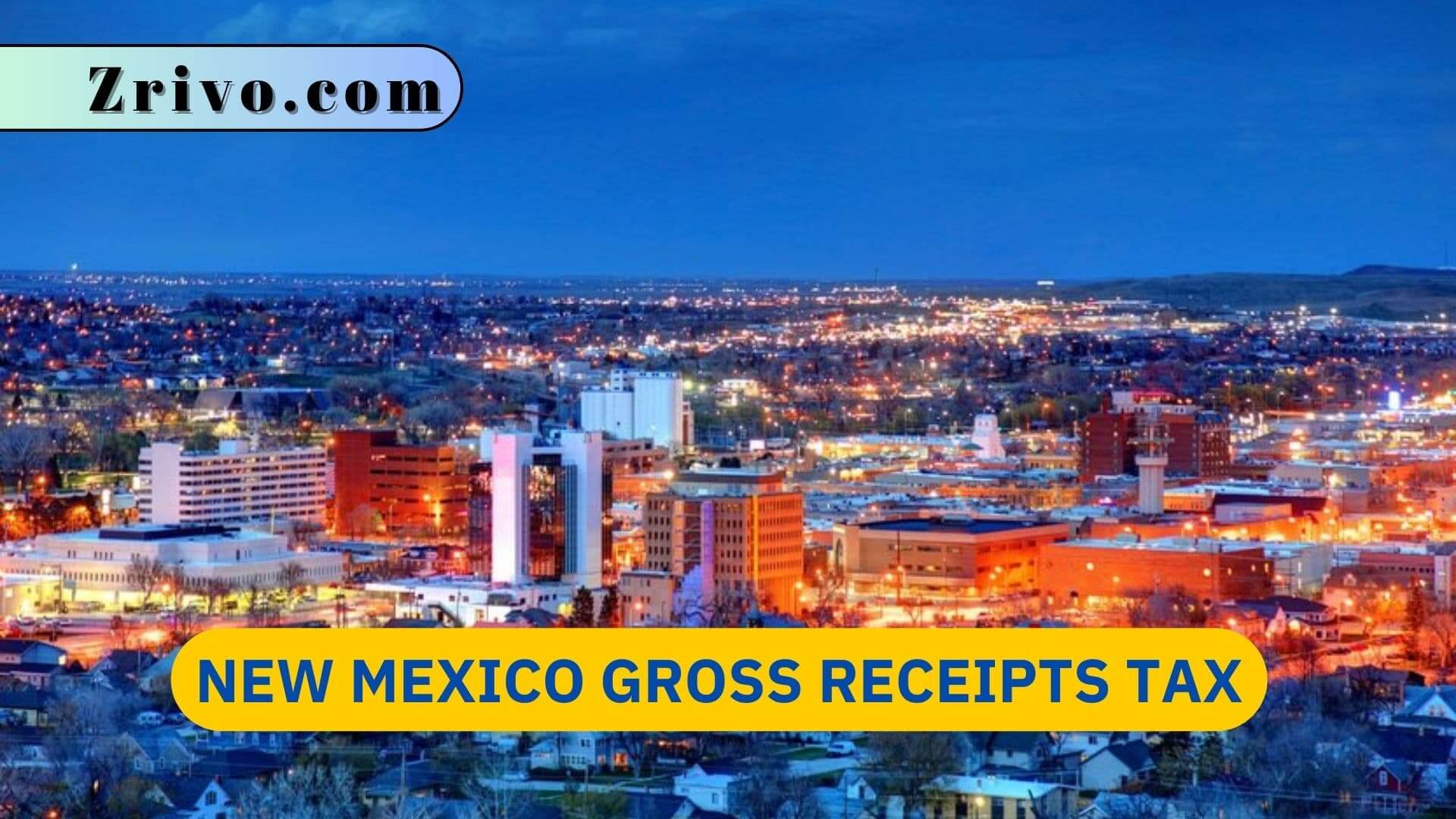New Mexico Gross Receipts Tax 2023 - 2024
With the implementation of new rules affecting economic nexus, marketplaces, and digital goods, companies with operations in New Mexico need to make sure they are paying the right amount of tax. They should also understand how to correctly source local compensating taxes.

New Mexico’s gross receipts tax (GRT) is a state-level business tax imposed on the privilege of doing business in the state. It is similar to retail sales taxes imposed by most other states but differs in many ways. Its tax base is broader than an RST and includes the sale of tangible personal property and certain enumerated services, the leasing or licensing of property, the granting of a franchise, and the provision of some professional services.
The GRT is also accompanied by local option rates imposed by cities and counties. The bill would lower the state rate by a quarter-percent to 4.875 percent, saving New Mexicans about $411 million. The bill would also add a deduction for a broad range of services sold to other businesses. This would alleviate the “pyramiding” effect of the current structure, in which businesses pass on the cost of the tax to their customers.
Other parts of the bill address issues that will be important to business owners. For example, it would index the state’s individual income tax brackets for inflation. This would prevent bracket creep, which can push taxpayers into higher tax brackets over time.
New Mexico Gross Receipts Tax Key Points
- The GRT rate varies depending on the location of the business. This is because the total rate combines:
- State GRT (currently 4.875% as of July 1, 2023)
- County GRTs
- Municipal GRTs (if applicable)
- The combined GRT rate can range from 4.875% to 8.9375%.
- Rates can change twice a year, in January and July.
- Who Pays It:
- Technically, businesses are responsible for paying the GRT.
- However, businesses often pass this tax onto the customer by including it in the final price or separately stating it on the invoice.

Filing a Gross Receipts Tax Return in New Mexico
Once you’ve registered for a gross receipts tax permit, you’ll be assigned a filing frequency that’s determined by your expected sales volume. Returns and remittances are due monthly, quarterly, semi-annually, or annually, depending on your filing frequency.
Filing a gross receipts tax return requires you to detail all your transactions and collect and remit sales tax to the state, including the location of each sale. This process can be time-consuming, especially for larger sellers with many transaction types and locations. Tax filing software can help make this process much easier by integrating with your business systems to automatically calculate and remit your sales tax in real time. You can even use it to determine what products and services are taxable in New Mexico.





